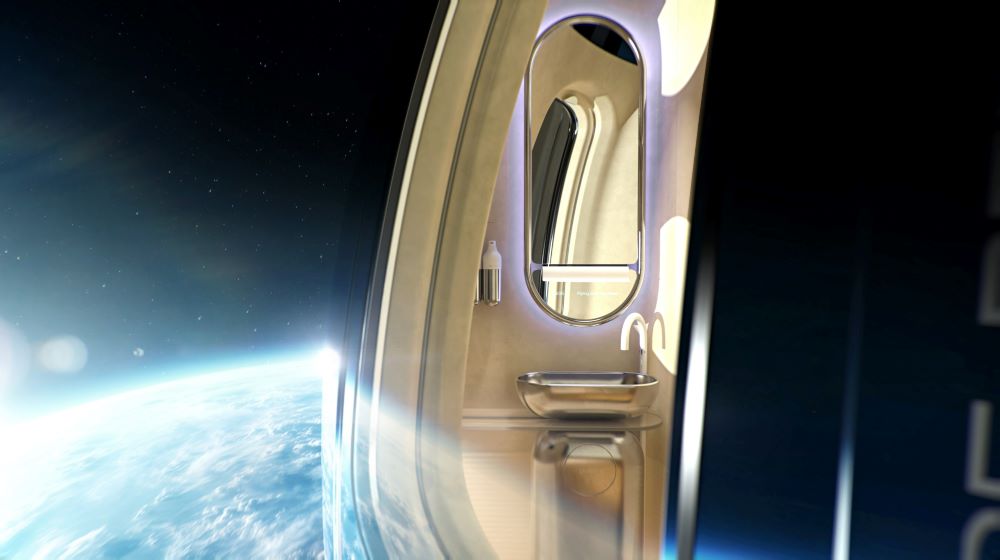You’re an excited, spacefaring passenger strolling about a pressurized cabin approximately 30 kilometers (20 miles) above the Earth. Your trip is scheduled for six hours, and you’ve already consumed the world-class food and drinks to complement this awesome view from Spaceship Neptune, which is provided by Space Perspective, the World’s First Carbon-Neutral Spaceflight Experience Company. But now you’re three hours into your trip and you have to go to the bathroom. Don’t worry, that’s where the Space Spa comes in, which was recently unveiled as one of the many features offered by Space Perspective as part of its spaceflight experience. An important aspect is paying customers, which Space Perspective refers to as Explorers, will be able to catch the great view even while taking a break in the Space Spa, with Space Perspective posting detailed images of the Space Spa to its official X page.
Continue reading “Sit on the Toilet while you Gaze at the Earth from the Edge of Space”A new Balloon-Based Observatory Could Produce Images as Fine as Hubble
Launching satellites is an expensive business – at least for now. But satellites are necessary in astronomy for one major reason – it gets telescopes above the atmosphere. The Earth’s atmosphere and its associated weather patterns are a massive hindrance to collecting good images. If a stray cloud passes in front of the observational target once over the course of a few days, it could ruin the entire image. Which is why some of the most striking astronomical pictures come from space-based observatories like Hubble. But now, a team of researchers from Durham, Toronto, and Princeton Universities has come up with a new way to get above that atmosphere that doesn’t involve a launch into orbit. They want to use a balloon.
Continue reading “A new Balloon-Based Observatory Could Produce Images as Fine as Hubble”Launch of a Lego Space Shuttle
While it didn’t quite make it to space, this Lego space shuttle got quite a ride on a weather balloon, reaching 35,000 meters (35 km, 21 miles) above Earth’s surface. “My Lego tribute to the end of the space shuttle era,” wrote Vinciverse on You Tube, “proving that although retired, this machine can still fly, albeit in toy form.”
The launch took place from central Germany using a 1,600 g helium balloon. The equipment included a GoPro Hero video camera, a Spot GPS and of course Lego Space Shuttle model 3367. The flight was apparently cleared with German air traffic control.


